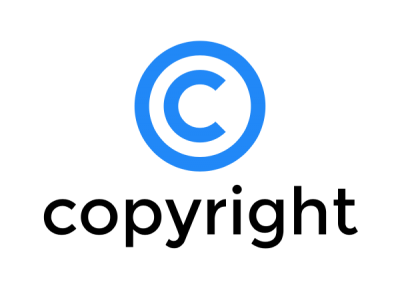Bibliometric Analysis Role of Artificial Intelligence-Based Analytics for in Silico Research in Antimicrobial Resistance Prediction and Treatment Development
Keywords:
Artificial Intelligence; Antimicrobial Resistance; VOS Viewer; Indonesian.Abstract
At a time when technological developments are increasingly rapid, many industrial sectors are using AI to support the effectiveness of human life. One example is that AI can be used to build qualified antimicrobial resistance prediction models based on genomic, epidemiological and biochemical data. AI will then work to identify patterns and factors related to antimicrobial resistance. In this way, researchers can predict the potential resistance of a pathogen to certain antibiotics. By utilizing AI, we can predict molecules that may be effective in disrupting antimicrobial resistance pathways or inhibiting pathogen growth. Apart from that, AI assistance will be useful in designing new drugs with desired properties, because AI can see strong to weak antimicrobial activity, specificity against certain pathogens, and good bioavailability. Other benefits may also help in assessing the risk of antimicrobial resistance to new drug candidates. By analyzing factors such as drug-microbe interactions, potential cross-resistance, and microbial population dynamics, AI can estimate the probability of resistance to a drug under development. The final benefit is that AI can help in personalizing antimicrobial treatment by considering factors such as the patient's genomic profile, treatment history, and local resistance patterns. By utilizing machine learning techniques. Doctors will find AI helpful because AI can provide advice on choosing the most effective therapy and minimizing the risk of resistance. In silico research is becoming increasingly important in efforts to understand, prevent and overcome antimicrobial resistance and develop effective treatments.
Downloads
Downloads
Published
How to Cite
Issue
Section
License
Copyright (c) 2025 New Explorations in Electrical Engineering

This work is licensed under a Creative Commons Attribution-ShareAlike 4.0 International License.





